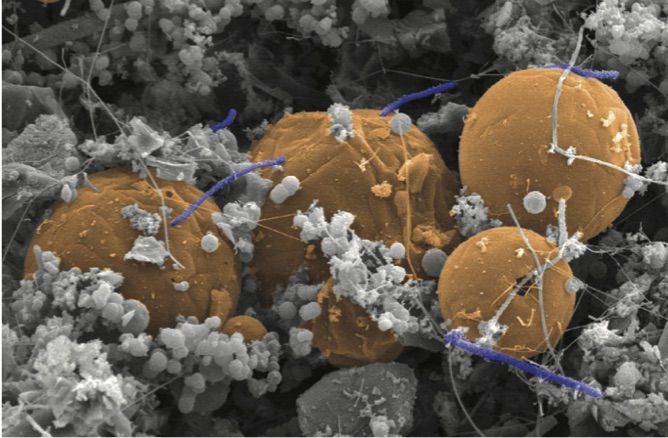Some people don’t like change. Some microbes don’t, either. Desulforudis audaxviator was first found miles beneath the ground in water-filled cavities in a South African gold mine. These microbes don’t need sunlight or any other organisms to survive, and they get their energy from chemical reactions caused by the natural radioactive decay in minerals in their underground ecosystems.
After discovering them in South Africa, scientists also found the microbes in Siberia and California, as well in a few more mines in South Africa. The researchers assumed that, because each of the environments in which the microbes were found was chemically unique, the microbes would have evolved in different ways to best suit their surroundings. But when the researchers looked at the genomes of the 126 microbes they collected, they found something very strange: microbes from the three different continents were almost identical.
There’s no evidence that these microbes can survive on the Earth’s surface or in the presence of oxygen, so they probably can’t travel long distances, and scientists determined cross-contamination didn’t happen during their research. The best explanation for the similarities between these far-flung microbes is that they used to live together on the supercontinent Pangaea, were separated after Pangaea’s breakup 175 million years ago, and haven’t changed much since.
Microbes usually evolve a lot faster than other organisms, so it’s surprising to find that some microbes have stayed the same for so long—and that they’ve stayed viable all that time. It seems like some microbes prefer to stick to the old adage: If it ain’t broke, don’t fix it









